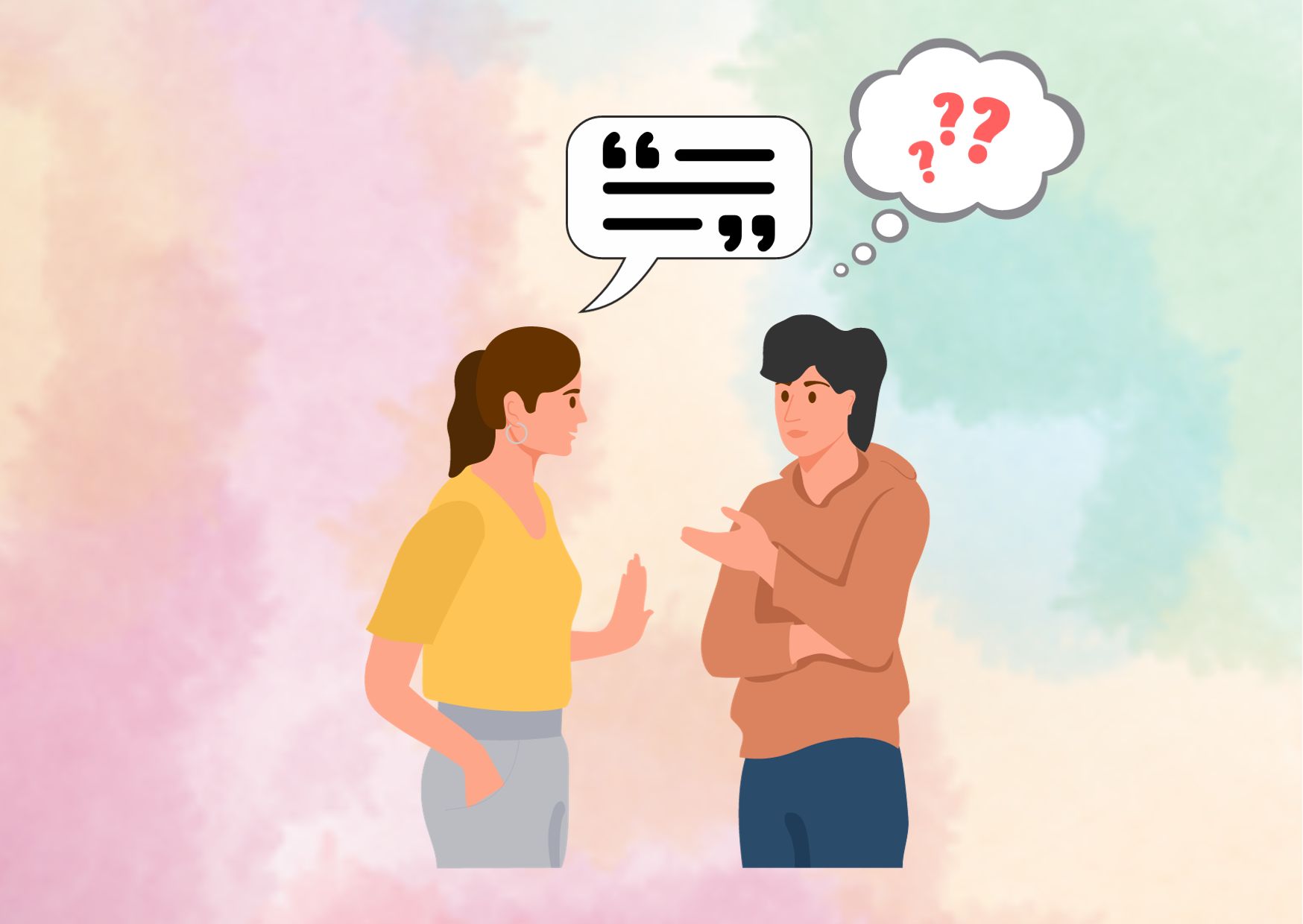Subsection 3.2: Cognitive Biases and Expectations
Our cognitive biases and expectations can also contribute to mishearing. When we have preconceived notions or strong expectations about what someone is going to say, our brain may “fill in the gaps” and interpret the speech accordingly. This phenomenon, known as confirmation bias, can lead us to hear what we expect to hear rather than what was actually said. These biases can distort our understanding and result in misinterpretation.
Section 4: Debunking Myths about Mishearing
Subsection 4.1: Autocorrect or Mishearing?
In the age of smartphones and autocorrect, it is easy to attribute mishearing incidents to the autocorrect feature. However, mishearing people is a separate phenomenon that occurs during the listening and comprehension process, not during the act of typing or writing. Autocorrect may cause its fair share of communication mishaps, but mishearing is a distinct cognitive process influenced by various factors.
Subsection 4.2: Mishearing and Intelligence
Mishearing people is not a reflection of intelligence or cognitive abilities. It can happen to anyone, regardless of their intellectual capabilities. Factors such as environmental conditions, attentional focus, and cognitive biases play a more significant role in mishearing than intelligence. It is essential to debunk the myth that mishearing indicates a lack of intelligence or understanding.
Suggestion for read: It’s Not About Having The Perfect Relationship
Section 5: Mishearing and Mental Health
Subsection 5.1: Communication Challenges and Frustration
Mishearing people can lead to communication challenges and frustrations, particularly in personal relationships and professional settings. When mishearing occurs frequently, it can strain relationships and hinder effective communication. Individuals who experience persistent mishearing may feel frustrated, misunderstood, or isolated, which can impact their mental well-being.
Subsection 5.2: Seeking Support through Counselling and Psychotherapy
For individuals struggling with mishearing and its impact on their mental health, seeking support through counselling and psychotherapy can be beneficial. Mental health professionals can provide a safe space to discuss communication difficulties, explore coping strategies, and improve overall communication skills. Therapy can help individuals navigate the challenges associated with mishearing and enhance their well-being.
Section 6: Coping Strategies for Mishearing
Subsection 6.1: Active Listening Techniques
Practicing active listening techniques can help minimize the occurrence of mishearing. Active listening involves fully engaging with the speaker, focusing on their words, and avoiding distractions. Techniques such as maintaining eye contact, asking for clarifications, and paraphrasing can improve comprehension and reduce misinterpretation.
Subsection 6.2: Creating a Supportive Communication Environment
Establishing a supportive communication environment is crucial for individuals prone to mishearing. This can involve minimizing background noise, speaking clearly and slowly, using visual aids or gestures, and being patient and understanding when miscommunication occurs. Creating an atmosphere of open communication and empathy can alleviate frustration and enhance effective communication.
Section 7: Seeking Professional Help for Persistent Mishearing
Subsection 7.1: Recognizing Signs of Persistent Mishearing
Persistent mishearing people may indicate underlying hearing impairments or auditory processing difficulties. Signs of persistent mishearing include frequent misunderstandings, difficulty following conversations, or feeling overwhelmed in noisy environments. Recognizing these signs is crucial in seeking appropriate professional help.
Subsection 7.2: Audiological Evaluation and Treatment Options
If persistent mishearing significantly affects daily life and communication, it is recommended to seek an audiological evaluation. Audiologists can assess hearing abilities, identify potential hearing loss or auditory processing disorders, and recommend appropriate treatment options. These may include hearing aids, assistive listening devices, or auditory training programs tailored to address specific communication challenges.
Section 8: The Future of Mishearing Research
Subsection 8.1: Advancements in Auditory Technology
Advancements in auditory technology hold promise for improving speech comprehension and reducing mishearing incidents. Innovations such as noise-canceling headphones, directional microphones, and speech enhancement algorithms can enhance speech perception in challenging listening environments. Ongoing research aims to develop more sophisticated and personalized solutions to address individual differences in auditory processing.
Subsection 8.2: Cognitive Interventions and Training Programs
Cognitive interventions and training programs that target attention, working memory, and cognitive flexibility show potential for mitigating mishearing and improving communication skills. These interventions focus on enhancing cognitive processes associated with speech perception and comprehension, providing individuals with strategies to navigate challenging listening situations effectively.
Section 9: Conclusion
Mishearing is a common yet intriguing phenomenon that highlights the complexities of human communication and language processing. Understanding the factors that contribute to mishearing can help individuals navigate communication challenges, improve mental well-being, and seek appropriate support when needed. By debunking myths and exploring coping strategies, we can foster more effective and empathetic communication, ultimately enhancing our relationships and overall quality of life.
At Inquire Talk, we are dedicated to helping individuals improve their mental health and well-being. Our passionate therapists are committed to providing the support and assistance you need. Whether you are seeking online counselling, therapy, or psychotherapy, we are here for you. Explore our platform and reach out to us for any assistance. We would love to be a part of your journey towards improved mental health.
Inquire Talk certified therapists who you can get in touch and book a therapy session with:
Wenna Chen
Marcelo Matias
John Hilsdon
